How To Make the Best Of Your Drone Photos
by Vadim Sherbakov / @madebyvadim.

A 10-step guide to making great aerial shots
For the past few months, I’ve been making aerial photographs with a drone and I’d love to share some experiences and tips for making your next aerial photos. First, I would like to say that I only used the DJI Phantom 3 Pro quadcopter but I am sure what I say here can be applied to most other drone models.
The Phantom’s camera is great, but it is not without faults. Yes, it shoots in 12Mb RAW format, but noise and focus are a couple of the camera’s weak points. Shake due to the wind is also an unavoidable thing. To minimize on compromising factors, I always make sure I’m adhering to the following 10 principles.
RAW is key
Every professional photographer will tell you that the best way to shoot is in RAW format, so that they may later correct flaws or colors. This is even more the case for drone photography. Since the camera resolution is only 12MB it will be a crime to compress images into .jpg format.
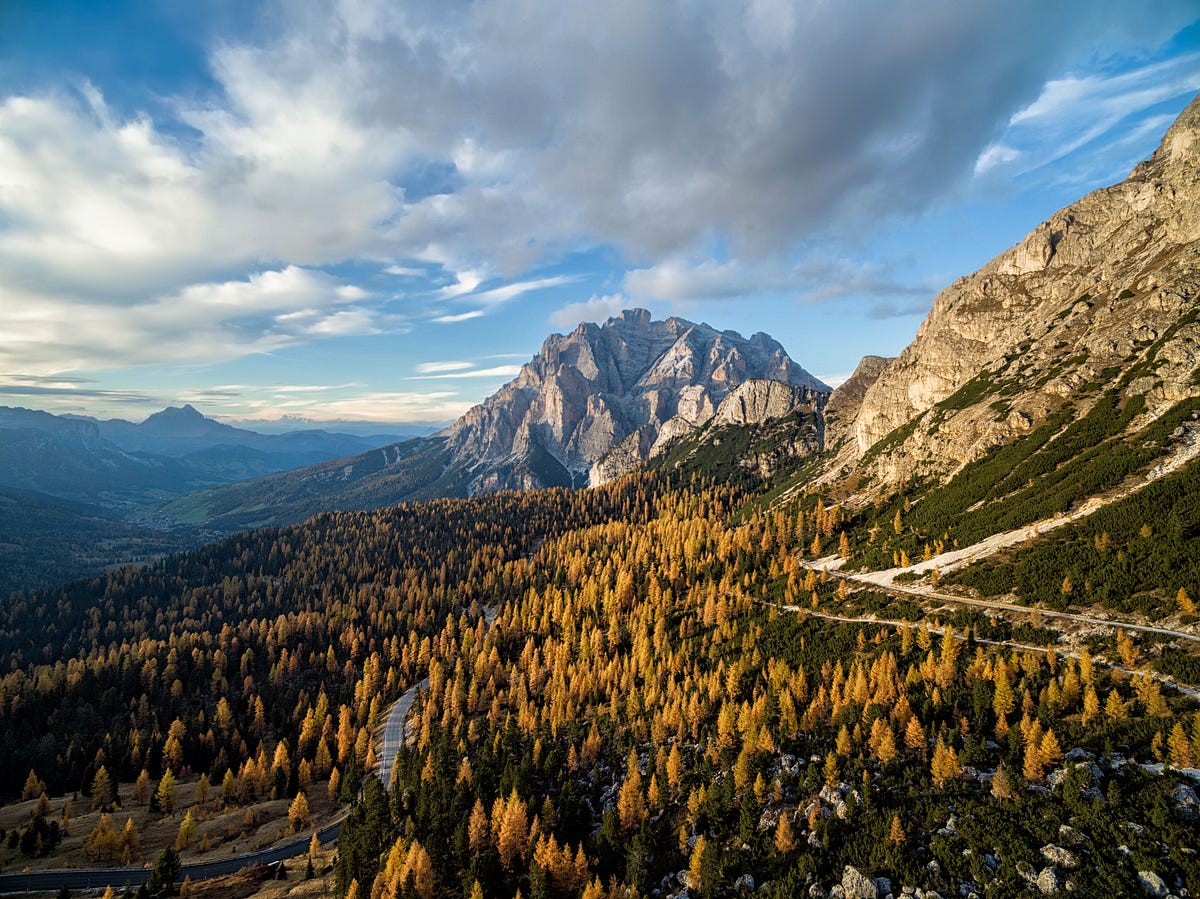
Even if you only shoot for fun, you might accidentally shoot The-Best-Drone-Photo-Ever and how disappointed will you be without RAW or the ability to use the full gamut of post-processing options?
16:9 or 4:3 format?
When I started, I shot in 16:9. I have a background in post-production and it always felt more pleasing to work in the 16:9 ratio for me.
Here’s how they differ:
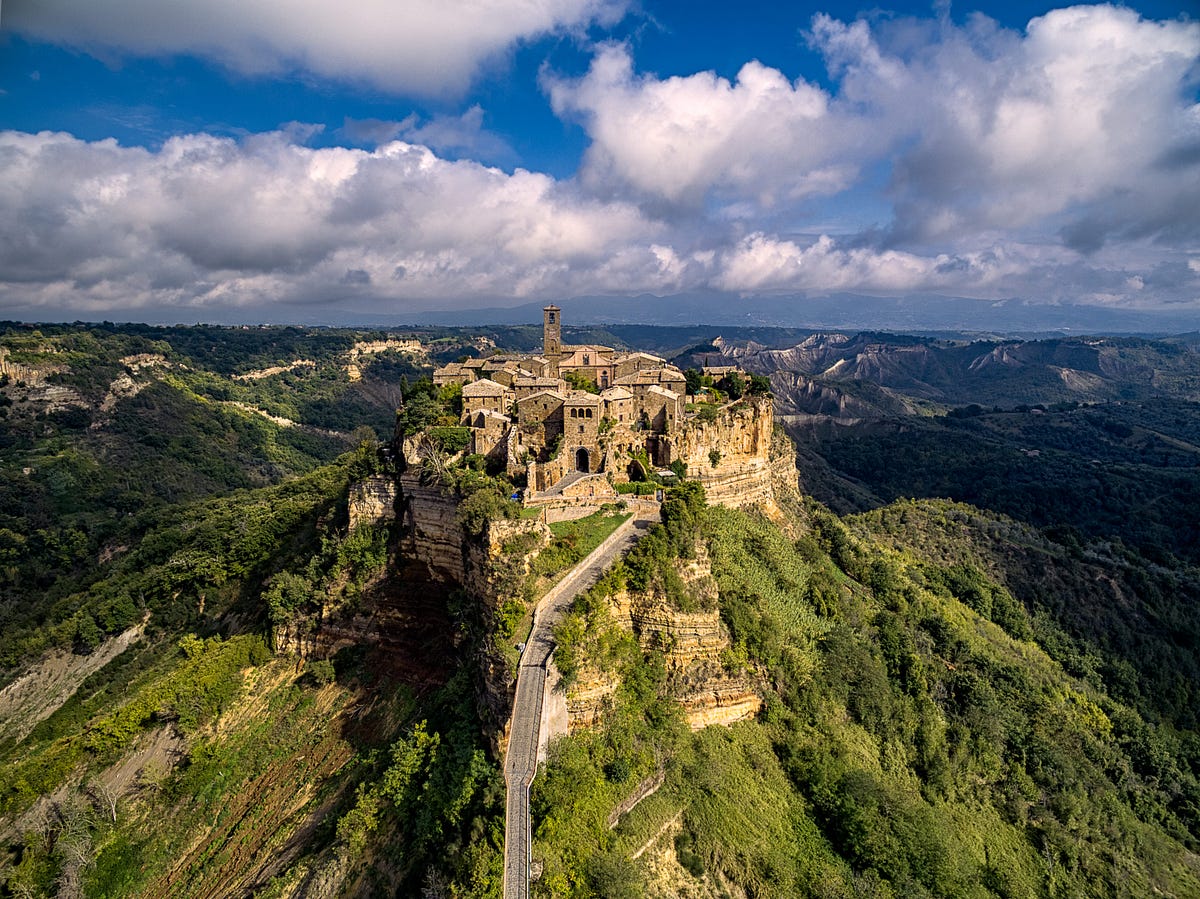
Civita di Bagnoregio in 4:3 format
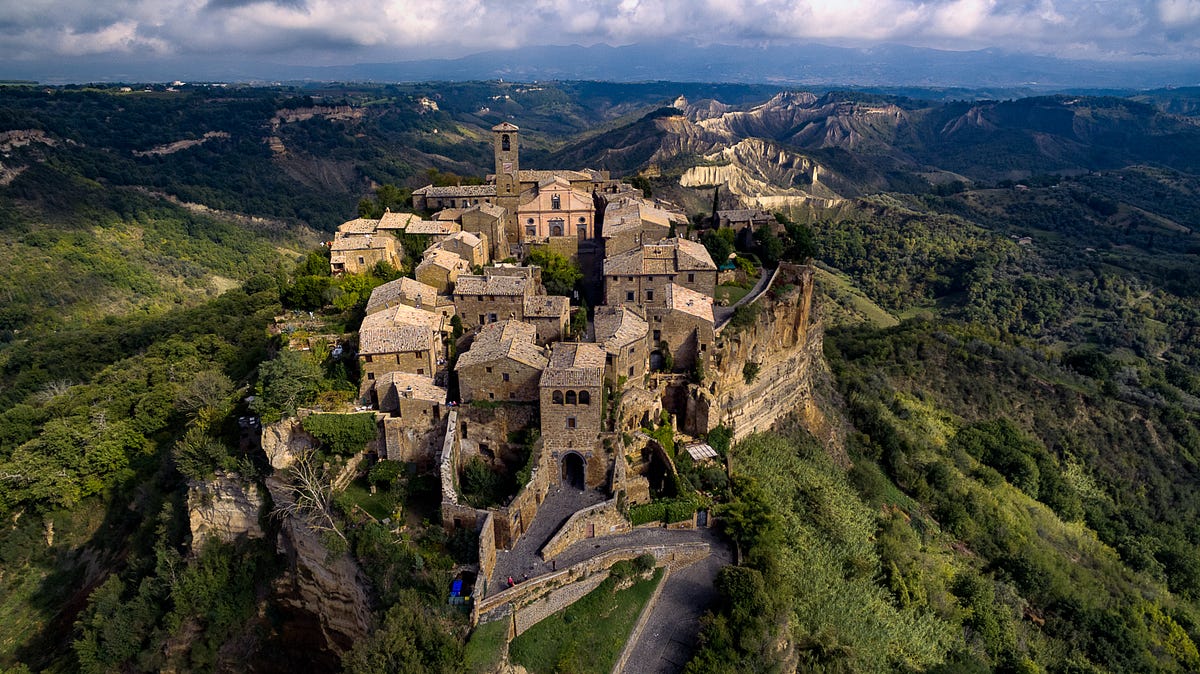
Civita di Bagnoregio in 16:9
I’m actually not so sure why DJI uses the 4:3 and 16:9 ratios, when the most commonly used format in photography is 3:2. I suppose it’s has something to do with video being the primary format of drone usage.
I also shoot in 4:3. Often, I shoot both 4:3 and 16:9 at the same time. Yes, it takes more time, but it’s worth it for the flexibility and options later in post-production. Your portfolio will benefit.
Bracketing is king

Bracketing with five shots
Bracketing is really awesome feature and I am glad Phantom has it. It serves a couple of purposes for me.
If I made a mistake in assessing the correct exposure, then I can choose the right one from 3 to 5 bracketed photos I’ve made.
I also use them to create the HDR (not that eye-poping-over-the-top-saturated-100-%-HDRs, but more like an intelligent HDR).
Approximately 95% of my shots are bracketed shots, so I would be able to bring shadows back later or show highlights even more, instead of having only one option from a single shot.
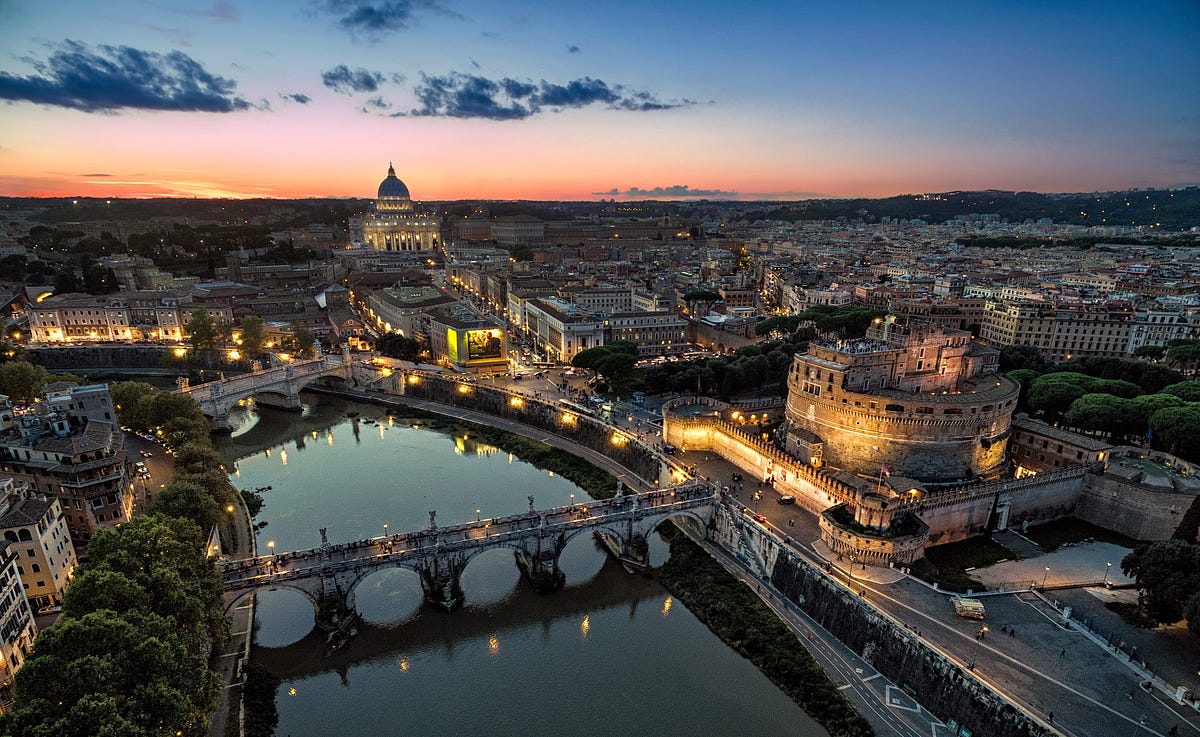
P (Auto) and M (Manual) modes
I almost always shoot in Manual mode. This lets me choose the lowest possible ISO as well as shutter speed.
The DJI App does not let you know if you have over- or under-exposed your picture like traditional cameras do.
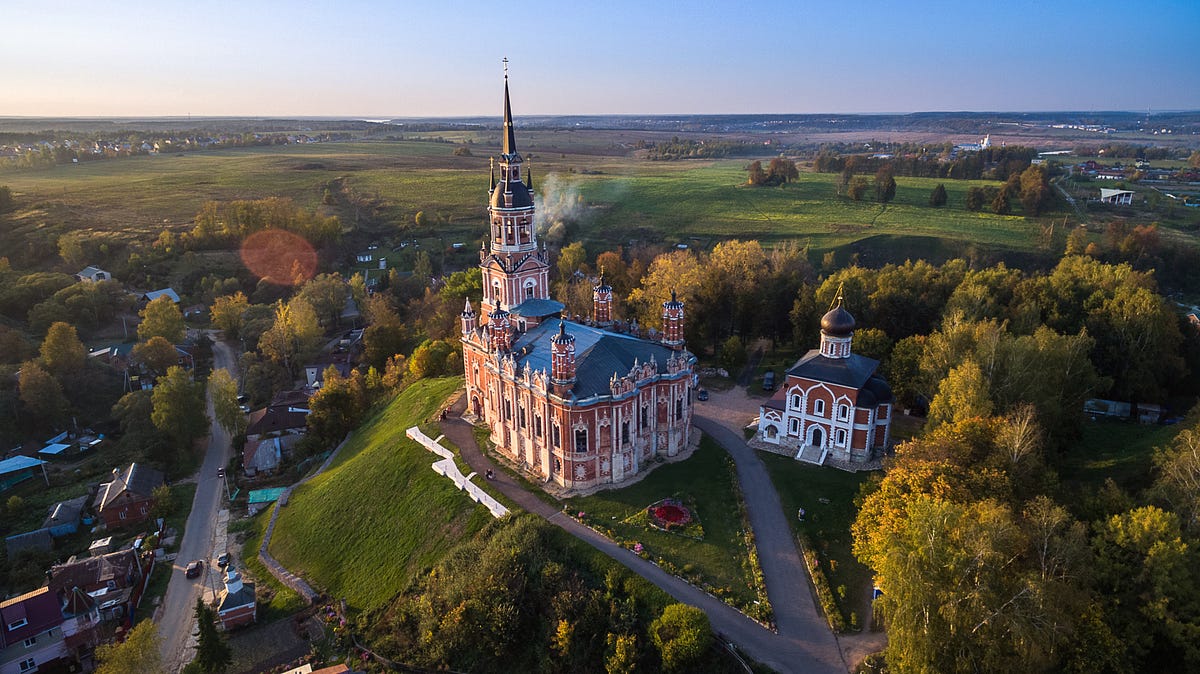
First, switch to P mode and see what DJI auto mode is offering you, then switch back to M and build on what you saw in P mode.
ISO: How low can you go?
My advice is always to shoot in lowest possible ISO, which happens to be 100 on the Phantom 3.
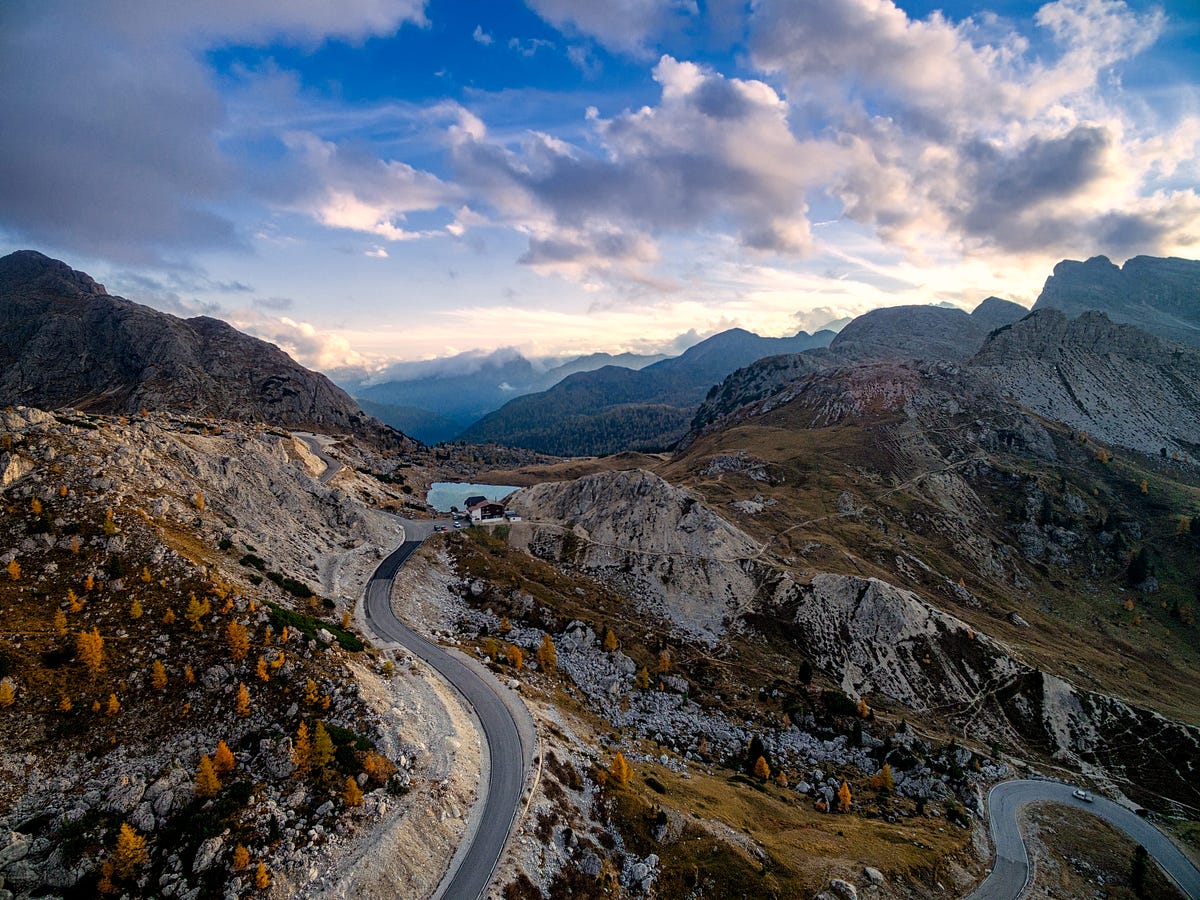
Low ISO lets you minimise the noise in photos. Be aware of shakes when shooting during at night and employ common sense. I would not recommend going over 3-second exposure and advise to increase your ISO in order to stay in that 3-second range, rather than using longer shutter speed.
Dealing with drone shake and shooting at night
This is relevant to a previous point. The best drone still shakes in even low wind conditions. The higher you go, the windier it gets. Even if it’s absolute still on the ground, you may get wind up above.
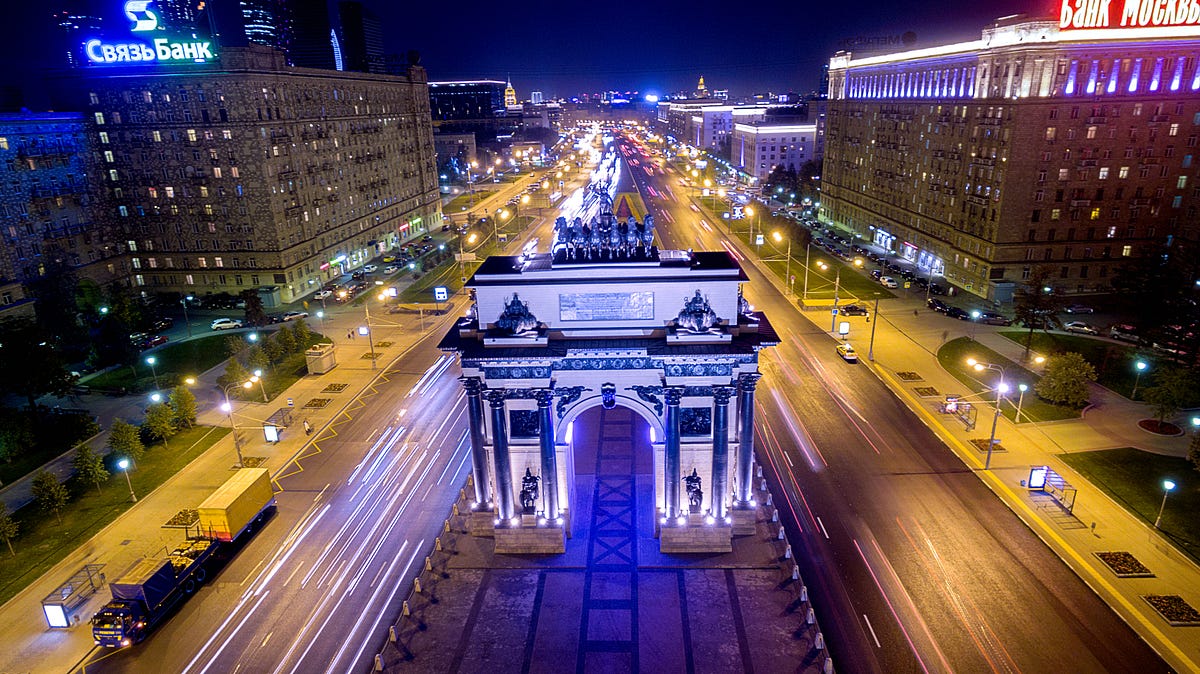
Moscow with 3 sec exposure
Incredibly, Phantom allows a shutter speed as long as 8-seconds, but for any night shot I’d advise you not to exceed 3 seconds, otherwise you will see noticeable shakes.
Neutral density (ND) and polarizing (PL) filters
I use ND filters quite often but it’s because I also shoot videos. In order to get cinematic effect on the shoots one should double the frames-per-second (fps) with which one is shooting.
For example, I use 4K 24fps which means I should ideally be shooting at 1/50 sec shutter speed. In order to achieve that on a bright day you should use neutral density filters, to reduce light coming into the camera and enable a slow shutter speed.
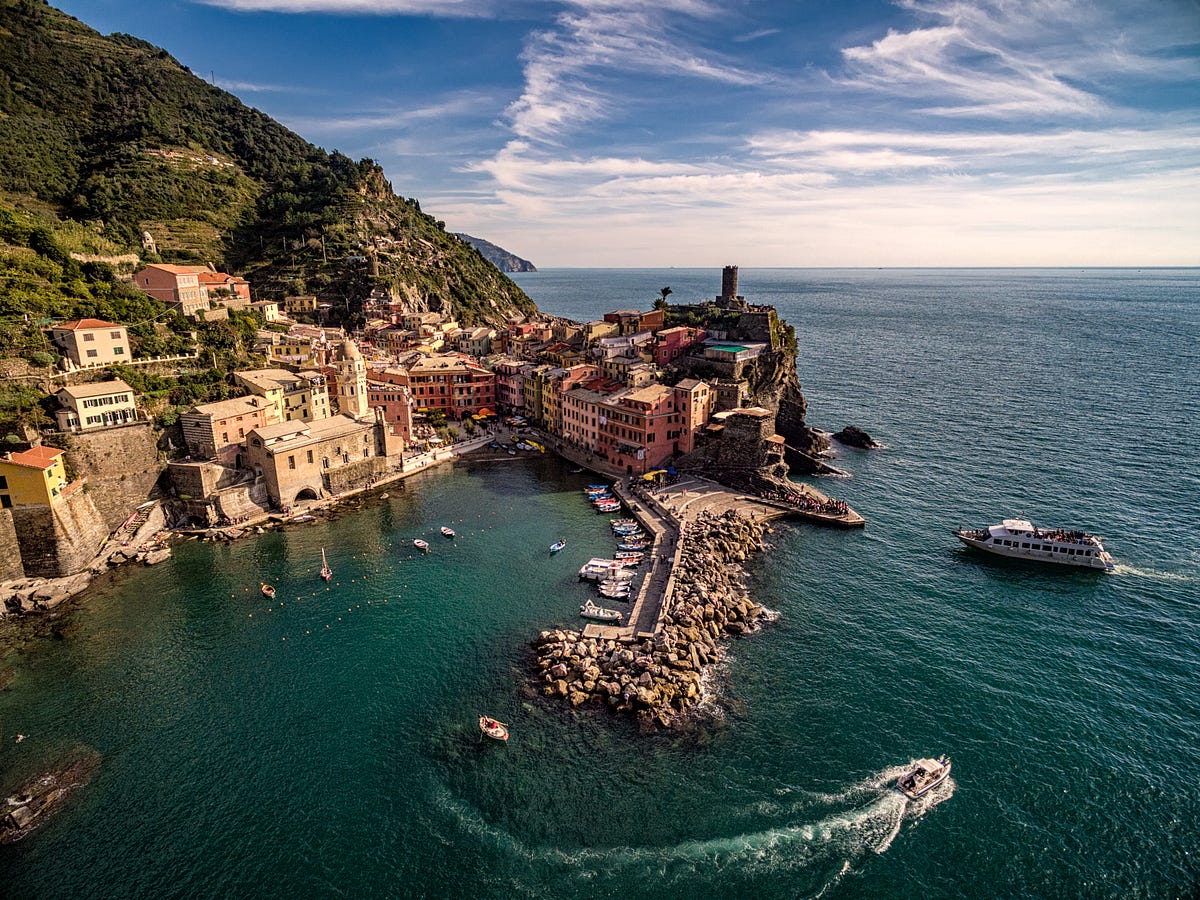
Since I use it but mostly for videos and its too complicated to shoot photo, get it back to the ground, put on ND, get it back up and shoot a video, I stick with using ND more often then I should.
Be careful of using the ND filters in dim light. ND filters reduce light coming into the camera and require slowing your shutter speed … to the point where you can get shakes into your shots. In low light situation stick to a default camera filter that is supplied with Phantom.
Polarised filter is another beast. You may know that you need to rotate it to a right position to achieve the right PL effect when using it on traditional cameras. However, there is no possibility to do so on the drone, so I have never used PL filter.
Post processing
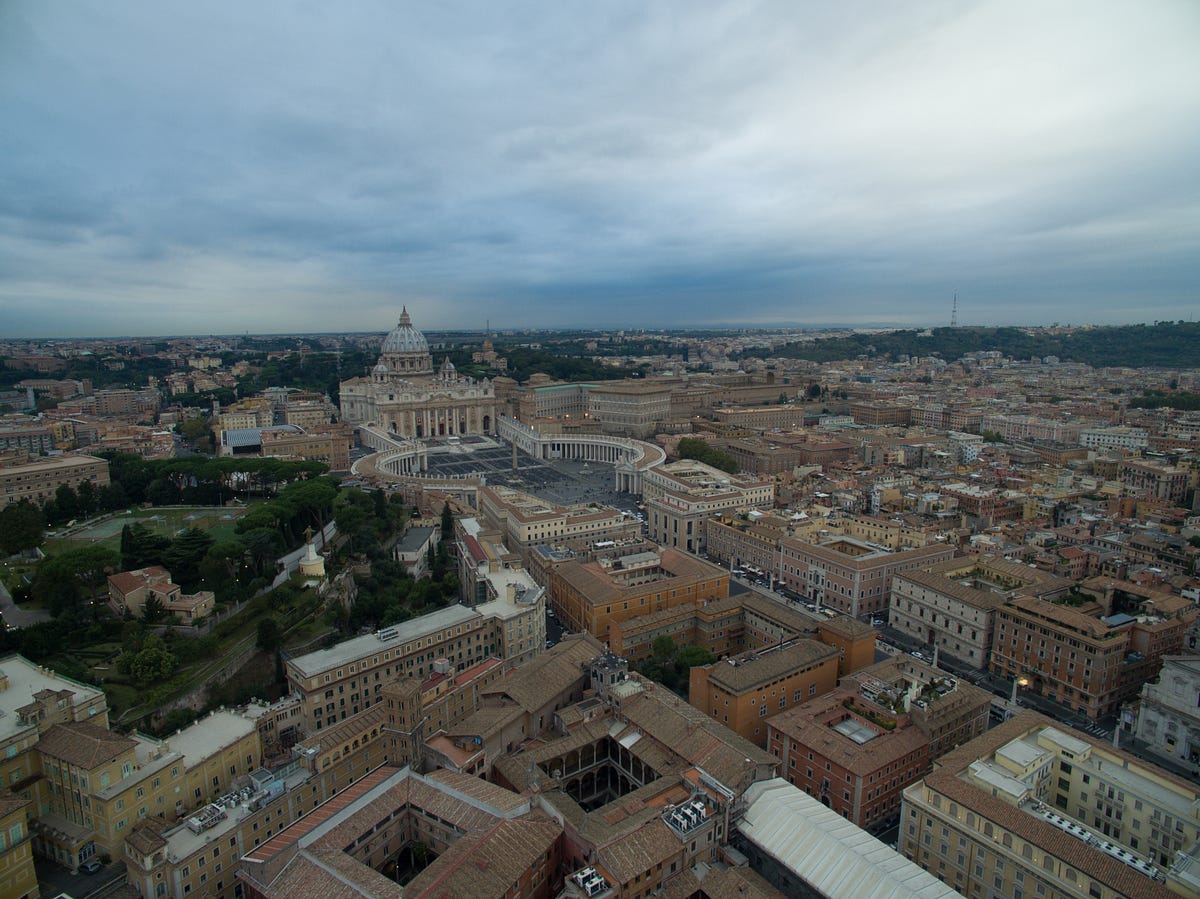
Rome Before
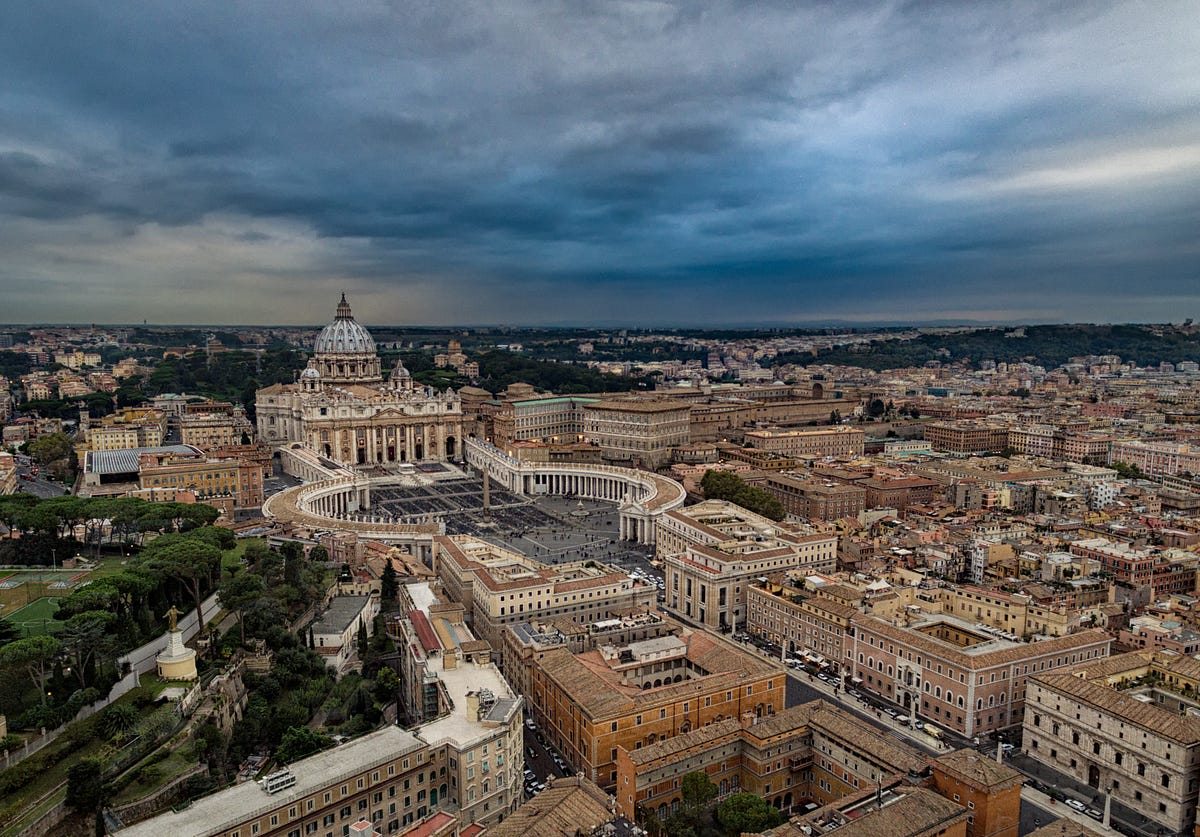
Rome After
In the example above, I resized, straightened, and colour-corrected in both Lightroom and Photoshop.
Do not be lazy and share your unprocessed shots straight out of the camera. There is always room for improvement in any photo taken. You will be amazed how photo can be transformed by using your favourite post processing software and benefit from it. I use Adobe Lightroom and Adobe Photoshop to post-process all of my shots. I use bracketing extensively to combine 3 or 5 photos together before post-processing (see #3 for that).
Unique angles, panoramas and long exposures

You are no longer bound by inability to use the right spot or the right location. Drones are so unique in a sense that it can take your photographs literally to the next level.
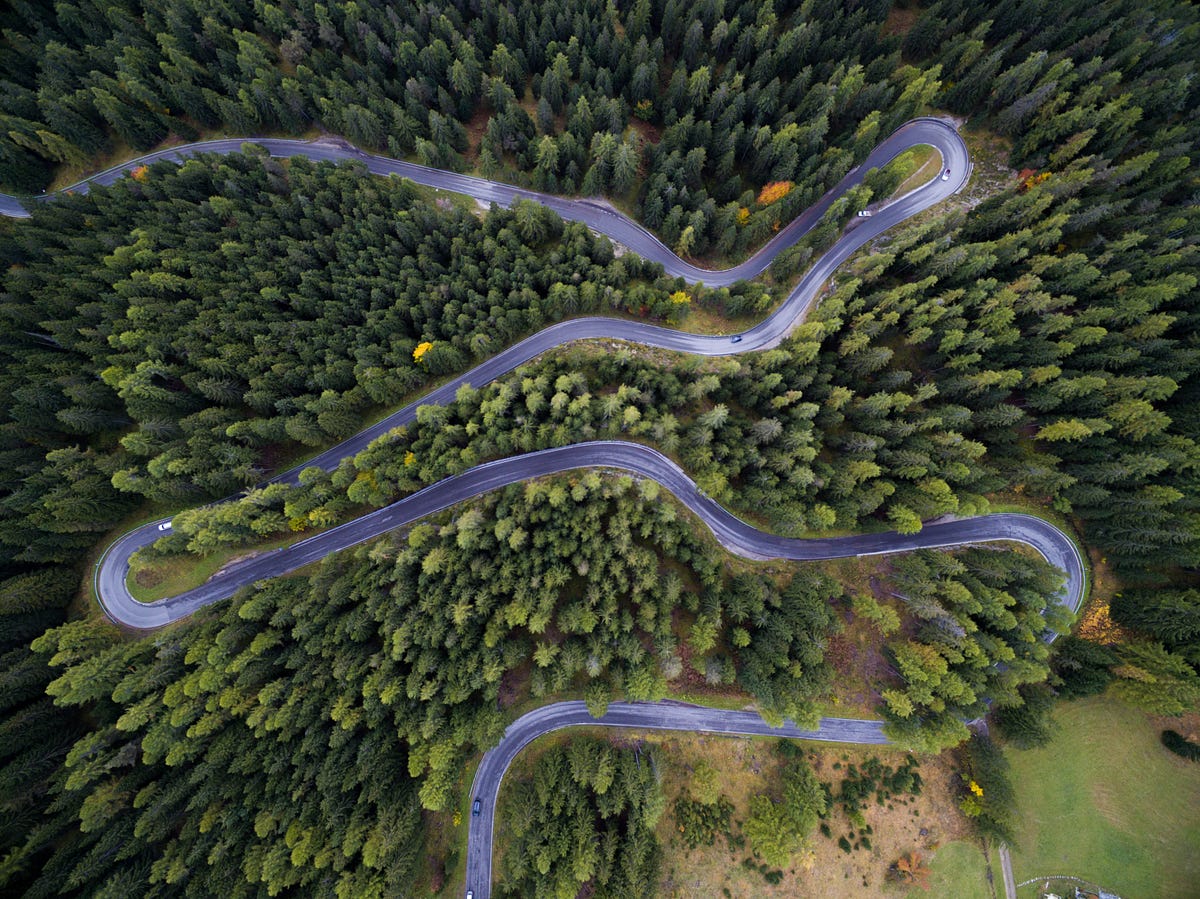
Stop thinking in traditional sense, experiment, be open to a new possibilities of shooting. Be creative.
Drone’s technicalities
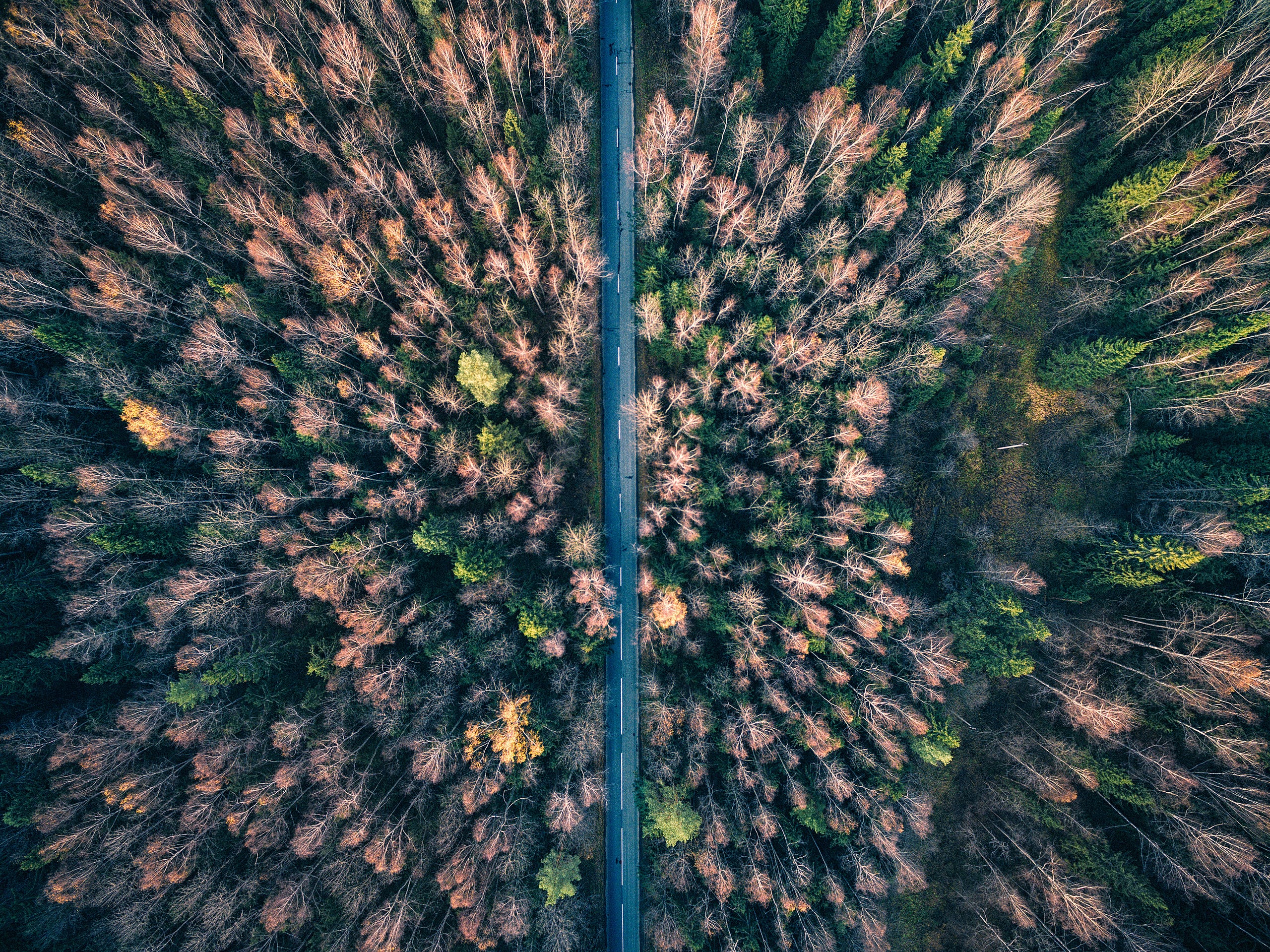
I hope your drone flights are as safe and productive as possible.
Live it, — learn it, as they say. I am talking from experiences which sometimes have not always been pleasant! It is better to follow couple of easy pre-flight steps, than to loose your drone together with good material.
Firstly, always calibrate the drone compass once you’ve arrived on a new location. It will definitely helps to avoid drone’s abnormal behaviour.
Secondly, check your figures. By that I mean, check the drones’ compass sensor index, after calibration. Even if your software claims that it is okay to fly, do take time and check those indexes. For instance, it is okay to fly my DJI when the index is between 1500 and 1600. Higher index means greater disturbances around, i.e. metal in the ground, some reflective surfaces, etc.
Thirdly, there is my own technique which I am just sharing and not claiming as an absolute must to follow, but it helped me save my drone from crashing a couple of times. Hover!
Do not speedily fly up from the ground once the propellers are on. Ease it up a bit and hover. It gives you time to land the drone in case there is any malfunction right away or you feel that it started behaving strangely. Allow a couple of seconds in this mode and fly up once you see that you are in complete control.
Fourthly, mind the wildlife up in the air. I am dead serious about that. Seagulls, for instance, would be eager to attack your drone, protecting their territory.
Last but not the least — download your data. I’ve worked out a practice of downloading everything from the SD card straight after the flight. Thus I am kind of safe from loosing precious materials in case of any drone emergencies.
Conclusion
Although I really love using drones for exciting, new-level photo opportunities, I do wish the DJI provided a better quality camera at affordable price, so we all could use the Phantom series (one of the best on the market) at its full potential.
Thank you. Fly safe!





